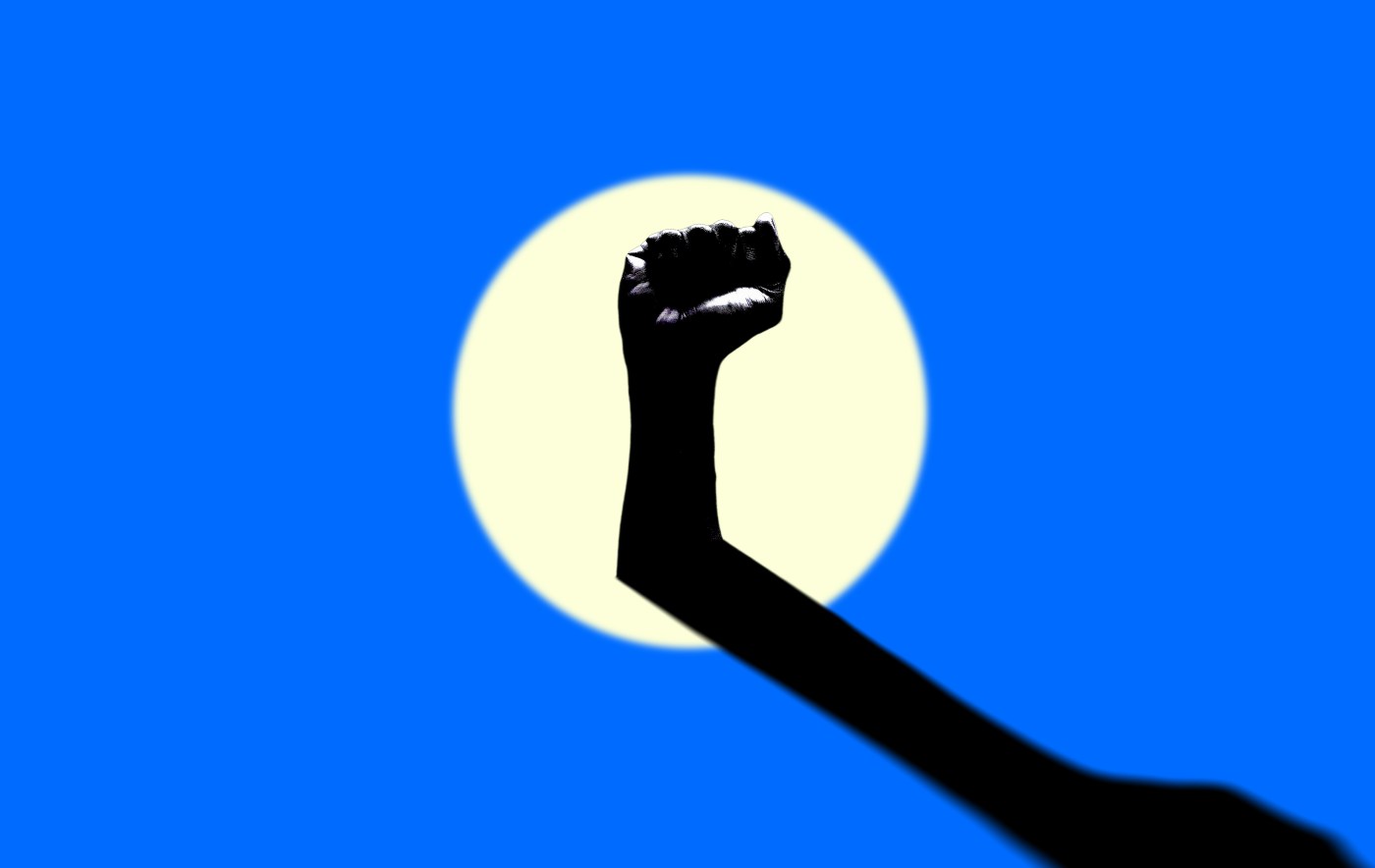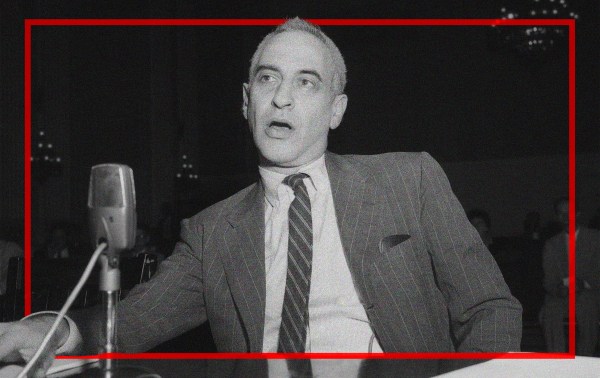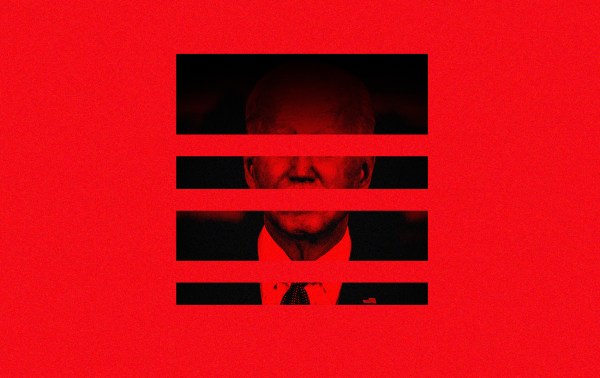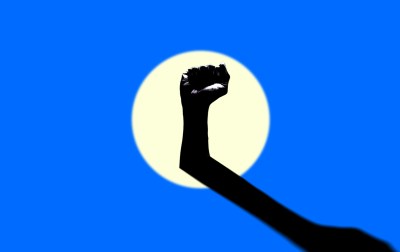If you imagine American illiberalism as a pendulum, with liberalism as the bottommost point, the summer of 2020, with its massive protests for racial justice and the cultural pressure that resulted, can be seen as the peak of its swing in one direction. Today, with a presidential administration committed to its own forms of illiberalism, the pendulum is swinging in the opposite direction. This back-and-forth between left- and right-wing intolerance has been a constant feature of American society in recent years and shows few signs of abating.
Throughout this era, however, a few brave figures have stood against all forms of illiberalism, promoting an open, tolerant society as an antidote to the endless see-sawing that currently defines our politics and culture. One such figure is Thomas Chatterton Williams, an Atlantic staff writer and cultural critic. In his new book Summer of Our Discontent: The Age of Certainty and the Demise of Discourse, Williams explores what happened to America in that hot summer of “fiery but mostly peaceful protests,” and critiques the progressive, illiberal worldview that defined it. In the process of doing so, he advocates a commitment to decency, nuance, and open discourse—a combination of virtues that both the illiberal left and the illiberal right actively disdain.
Williams’ book reminds us that during that summer, in the immediate aftermath of the killing of George Floyd, we really were standing on the precipice of a civilizational overhaul. Protesters in Seattle occupied that city’s Capitol Hill. Young people in Portland, Oregon, demonstrated for 170 continuous days. Rioting and looting in the aftermath of the Jacob Blake shooting in Kenosha, Wisconsin, summoned a contingent of armed vigilantes from neighboring Illinois, including 17-year-old Kyle Rittenhouse, who shot and killed two protesters and wounded a third.
In addition to these physical and often violent manifestations of discontent, other, more cerebral (but no less impactful) developments took American life by storm. As Williams notes, “The year 2020 was when a shift toward mass, undiscerning—and in some fields, obligatory—exhibitions of collective (and selective) atonement became contagious.” Essentially overnight, most mainstream publications began capitalizing the “b” in “black.” New or refashioned words and phrases—including “systemic” or “structural racism,” “allyship,” “BIPOC,” “white privilege,” and “defund the police”—entered our lexicon with a sudden and overwhelming force. Museums, universities, nonprofits, and other cultural institutions started appending land acknowledgements to their programming. All of this virtue signaling was often reminiscent of religious rituals. Williams recounts a telling episode:
One of the most striking displays was filmed on June 3, in the upper-middle-class suburb of Bethesda, Maryland. Outside the Connie Morella Library, a camera pans over hundreds if not thousands of masked men and women of all ages.…With hands stretched above their heads and banners adorned with “Black Lives Matter” as well as George Floyd’s bleak final statement—“I can’t breathe”— prominently displayed in the background, they recite in unison that they will renounce their “white privilege.”
Institutions made lasting decisions based on the sentiments of this moment. Businesses hired consultants like Robin DiAngelo, author of White Fragility, to explain to their employees that “White people raised in Western society are conditioned into a white supremacist worldview because it is the bedrock of our society and its institutions.” Some states prioritized COVID vaccine availability by race rather than age. The Knowledge is Power Program (KIPP) charter school network abandoned its long-held slogan “Work hard. Be nice,” because it “place[d] value on being compliant and submissive, support[ed] the illusion of meritocracy, and d[id] not align with our vision of students being free to create the future they want.” A multitude of organizations released statements with similar language.
And then, of course, there were the cancellations. Progressive data analyst David Shor was fired for tweeting about how empirical evidence shows that violent protests often lead to more victories for Republicans. After the Poetry Foundation released a statement condemning the killing of George Floyd, a group of nearly two thousand activist members demanded the resignation of the president and chairman of the board of trustees because the statement was insufficient to address police brutality, which amounted to (in the activists’ words) “no less than [a] genocide against Black people.” Williams also details the cases of Gary Garrels, a curator at the San Francisco Museum of Modern Art, who was forced to resign after saying that not collecting works by white artists would amount to reverse discrimination; and Nancy Spector, chief curator at the Guggenheim, who resigned after a 34-year tenure when she was accused of “fostering ‘an inequitable work environment that enables racism, white supremacy, and other discriminatory practices.’” (An independent investigation absolved her of any wrongdoing.) James Bennet, the opinion editor at the New York Times, was forced out after greenlighting the publication of an opinion piece by Sen. Tom Cotton that argued for the mobilization of the military in American cities to quell racial unrest. The examples are endless.
Supporters of the racial reckoning cast these events as overdue corrections of white supremacy in America. Their evidence was a long and often persuasive list of racial inequalities: in wealth, educational outcomes, police violence, health outcomes, and more. Indeed, as Williams writes, wokeness—a word he rejects for its oversimplicity but that nonetheless has become the default term for the worldview he argues against—“is even more of a danger because it is so often partially true. There really are limitless past oppressions to stew over, and some not insignificant number of them continue to affect us in new and sometimes subtle ways.”
But in their attempt to redress these wrongs, the drivers of this activist energy overcorrected, making everything a referendum on race. This all-encompassing worldview, which holds that the perpetrators of even the tiniest of “microaggressions” must be condemned as racists or bigots, leaves no room for nuance or disagreement or sincere truth-seeking. Despite the insistence of these advocates that they simply wanted to have a conversation about race relations in the U.S., the cultural atmosphere their rhetoric created was one of fear. Indeed, uttering any sentiment that diverged from the activist orthodoxy would be to risk one’s employment or good standing in society. As the much-discussed “Harper’s Letter” of July 2020—of which Williams was an author and signatory—stated, “it is now all too common to hear calls for swift and severe retribution in response to perceived transgressions of speech and thought.” The result of such energy, the letter stated, “has been to steadily narrow the boundaries of what can be said without the threat of reprisal.”
It’s no wonder, then, that we are living in the midst of an intense backlash to wokeness, to the point where both its allies and enemies have declared it dead. This was one of the key takeaways of President Donald Trump’s election victory in 2024, in which he enjoyed record levels (for a Republican) of support from racial minorities—a phenomenon that is difficult to explain if Republican voters are, in fact, white supremacists. Taking their cue, large companies, including Ford, Walmart, and Amazon, have rolled back their DEI policies as the cultural winds have shifted. Most surprisingly, elite colleges, which were among the most passionate progenitors of social-justice rhetoric, have reinstated the use of standardized tests in admissions, a policy they temporarily abandoned in the name of equity.
But while these developments seem generally for the best, there are other, more sinister changes afoot. If you spend any time scrolling through X, you’ll notice there are disturbingly high levels of outright racism on the platform. The most prominent example was when Grok, the AI chatbot, recently started making antisemitic posts, including some in which it invoked Adolf Hitler as a positive influence. But it’s not just that online racism has seemingly become more acceptable. Illiberal forces on the right are also exerting themselves in the real world: The Trump administration is taking rigorous action against universities, law firms, and news outlets for past or present progressive (or just anti-Trump) stances. Trump’s defenders don’t seem to see any hypocrisy in cheering on such illiberalism, even though they were the first to decry “cancel culture” just a few years ago.
It’s entirely possible that our cultural institutions will respond to these events by re-adopting the antiracist attitudes they trumpeted in summer 2020—but that would likely only lead to more right-wing backlash. Indeed, it seems inevitable that this tug-of-war between left- and right-wing illiberalism will continue. As Williams argues, “The long arc of the American moral universe, wherever it may ultimately bend, has been warped grotesquely beneath the competing heat and pressure of the on- and offline movement for social justice and the right-wing illiberalism it both feeds off and nourishes.” The result is a never-ending battle between two illiberal forces that only succeeds at making everything worse. As Williams contends, rejecting illiberalism from both sides requires intellectual engagement, which in turn requires a commitment to building “a healthy, tolerant, and pluralist democracy.”
As the Harper’s Letter argued, “The way to defeat bad ideas is by exposure, argument, and persuasion, not by trying to silence or wish them away.” We spent an entire summer and more trying to silence or wish away ideas with which we disagreed, but that only generated resentment. Doing better for ourselves requires that we do the opposite.






Please note that we at The Dispatch hold ourselves, our work, and our commenters to a higher standard than other places on the internet. We welcome comments that foster genuine debate or discussion—including comments critical of us or our work—but responses that include ad hominem attacks on fellow Dispatch members or are intended to stoke fear and anger may be moderated.
With your membership, you only have the ability to comment on The Morning Dispatch articles. Consider upgrading to join the conversation everywhere.